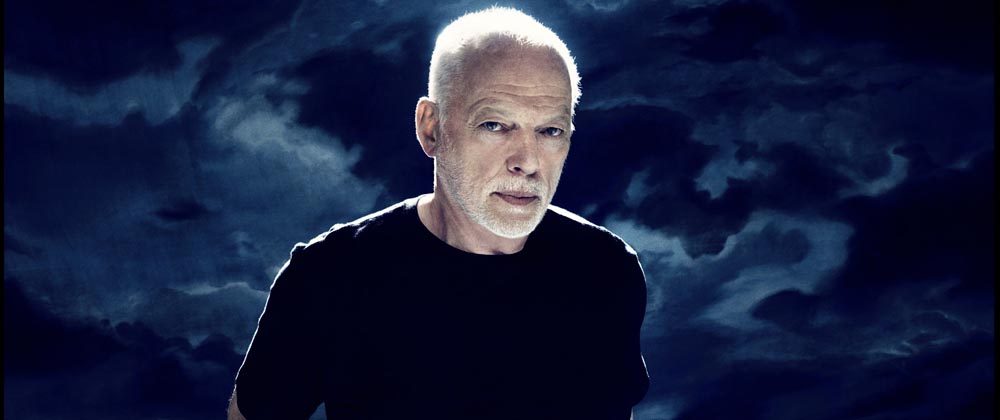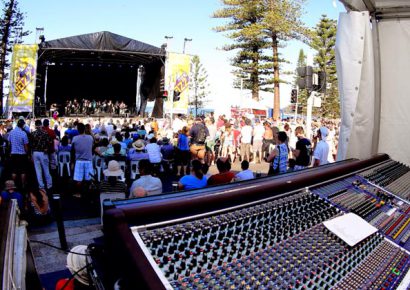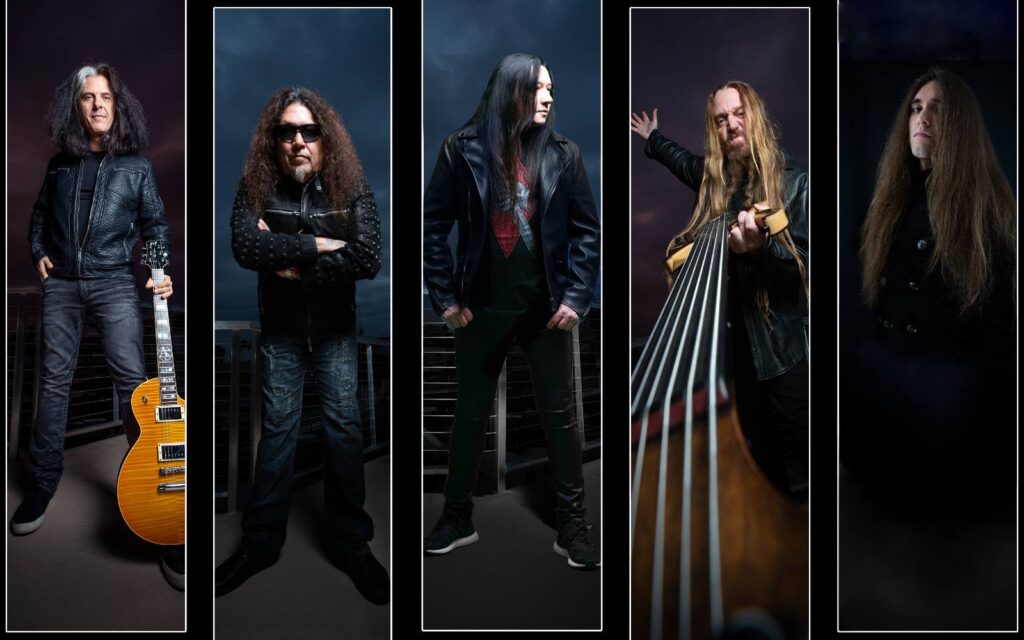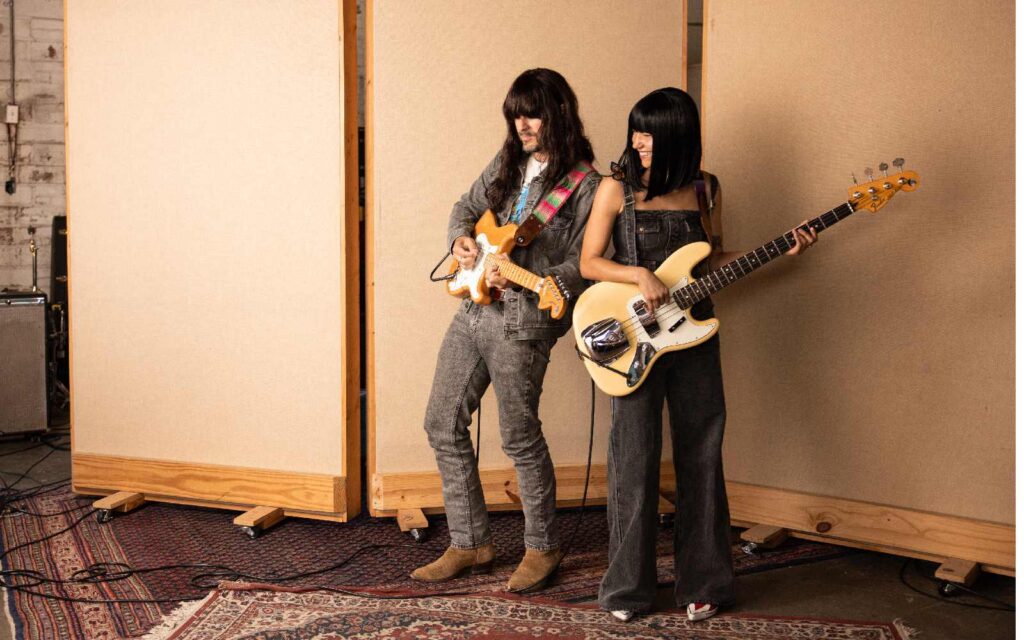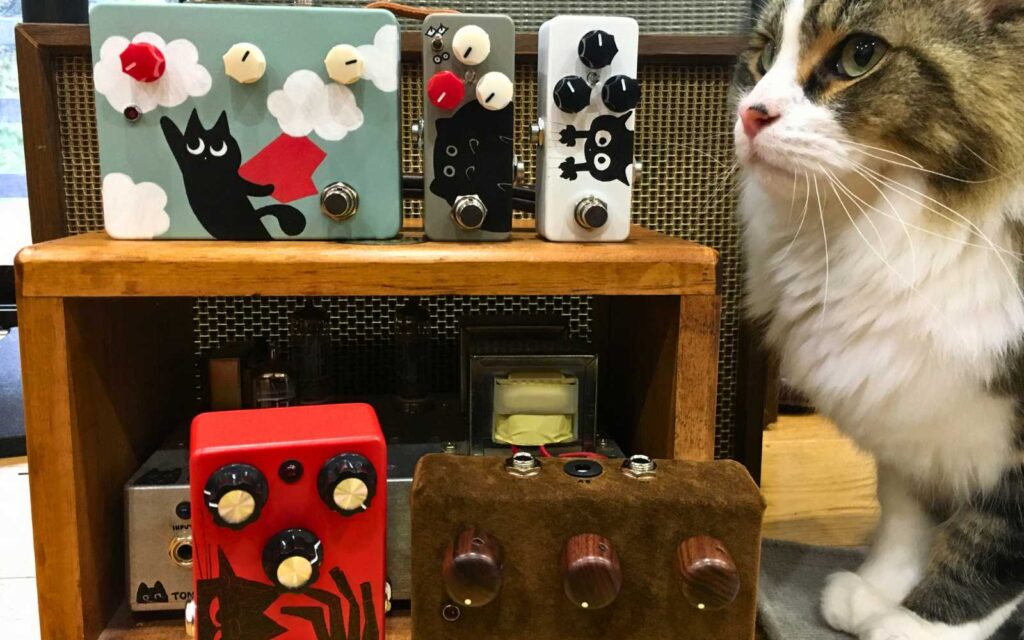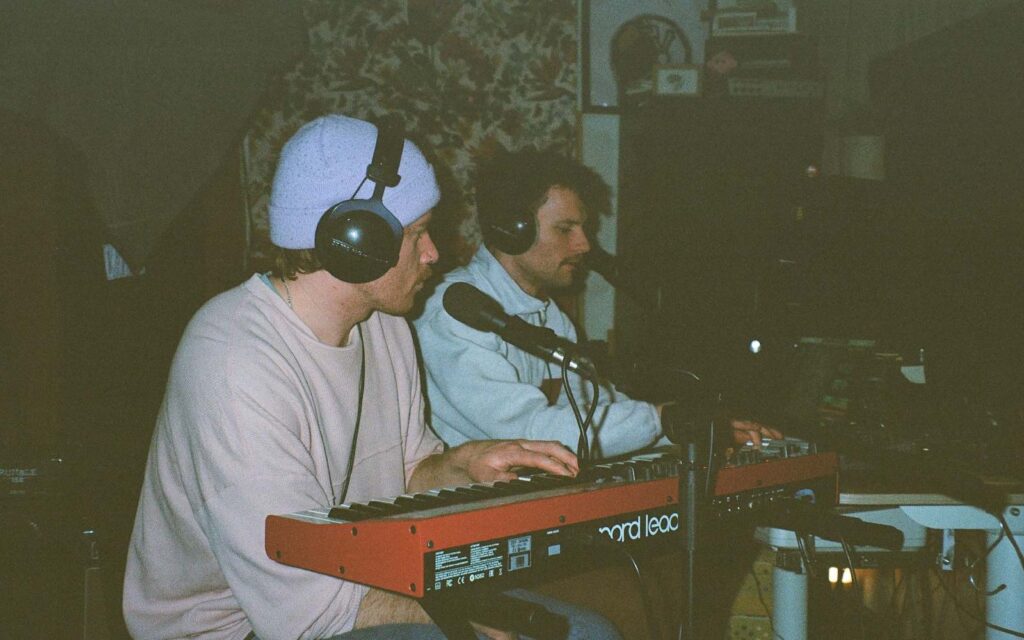From the early days of Pink Floyd, where he was just an extra musician with little or no song writing responsibility, to a co-lead singer and song writer, to having complete control, Gilmour’s relationship with the band has been typified by internal conflict as much as by great songs. Nevertheless, he worked with the band on twelve albums, including the huge successes of The Dark Side Of The Moon, Wish You Were Here, and The Wall. He certainly came a long way from being a broke busker on the streets of France and Spain.
At age 11 Gilmour met Syd Barrett and Roger Waters, who went to school on the same road as he did, and would eventually form Pink Floyd. In 1967, having pretty much bottomed out when thieves stole his gear in Paris after a string of unsuccessful gigs playing poor quality covers of current chart hits, Gilmour went home to London in search of new gear. When he was in town he watched Pink Floyd record ‘See Emily Play’ upon invitation to the studio by Barrett, who didn’t recognise him when they met up, which led to Gilmour being shocked by perceived changes in his personality.
In December 1967, Pink Floyd drummer Nick Mason asked Gilmour if he would like to join the band as a fifth member, while Barrett was retained as a non-performing songwriter. Within six months Barrett was out of the band and Gilmour started to write some of the songs with Roger Waters. After the commercial successes of The Dark Side Of The Moon and Wish You Were Here, Gilmour took greater control of the band, writing and singing lead vocals on most of Animals and the critically acclaimed The Wall.
Keyboard player Rick Wright was fired during the sessions for The Wall and the relationship between Waters and Gilmour became strained. June 16, 1981 was the last time that Waters played with the band until their reunion in July 2005 for the Live 8 concert in Hyde Park. During this time Gilmour continued to record albums both with new line-ups of Pink Floyd and with his own solo projects.
2015 sees the release of Rattle That Lock, Gilmour’s first solo release since his 2006 number one album On An Island, and comes just a year after the Pink Floyd release The Endless River which went number one in 21 countries. ‘Rattle That Lock’ is the name of the lead single for the album, and uniquely features a four-note-tone from an announcement at a French train station. It was recorded at Aixen- Provence on Gilmour’s iPhone and provides the backbone for the song. Consequently, Michaël Boumendil, the creator of the tone, is credited as a writer of the song. Some of the guitar playing on the track is vintage Gilmour, and evokes images of the Wish You Were Here-era soloing. The song is impressive, with the rare quality of allowing space for each of the instruments to interact in without sounding too sparse or empty, or, on the flip side, sounding too dense with many instruments playing at once. The lyrics were written by Gilmour’s wife and long time collaborator Polly Sampson, who also wrote lyrics for four other songs on the album.
The album was mixed and partially recorded at Gilmour’s houseboat studio ‘Astoria’, which he purchased in 1986 because he “spent half of [his] life in recording studios with no windows, no light, but on the boat there are many windows, with beautiful scenery on the outside”. The other recording studio used was in Hove in the UK. As with On An Island production of the album was handled by Gilmour and Roxy Music’s Phil Manzanera. Many artists were employed in the recording of the album, including Steve DiStanislao, Guy Pratt, Manzanera and Gilmour’s own son Gabriel, who was making his recording debut playing piano on ‘In Any Tongue’.
This album is shaping up to be a real collectors item, available on vinyl and CD, as well as the option for the Deluxe Edition with a DVD pack or a Blu-Ray pack. The Deluxe Edition includes 4 “Barn Jams” filmed in January 2007, featuring Richard Wright on keyboards, 4 documentaries, 2 music videos, 4 non-album tracks, a lyric/photo book, a copy of the book Paradise Lost, Book II by John Milton (which Sampson based the lyrics of ‘Rattle That Lock’ on), a double-sided poster and more. Gilmour will head out on tour in support of this album, with UK and North American dates already announced. It will be his first solo tour in nine years.
Rattle That Lock will be out September 18 via Sony Music Australia. For more informatio, visit www.davidgilmour.com.
